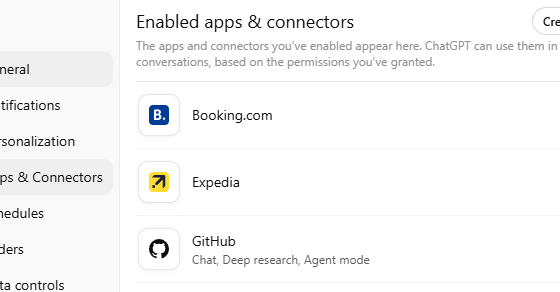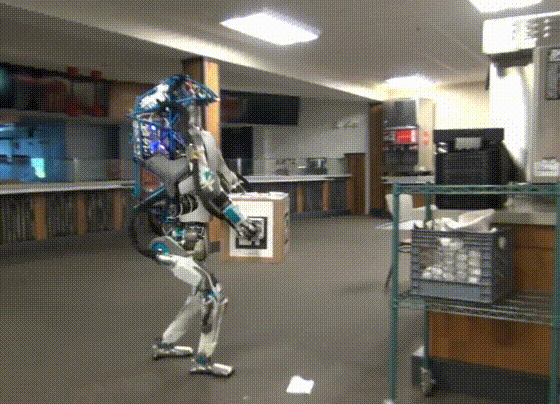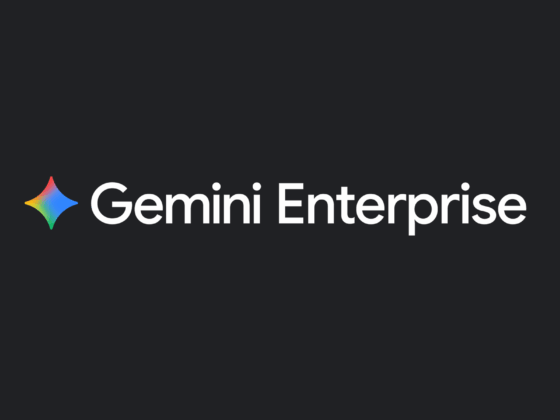I woke up too early this morning to watch India play Australia in the Champions Trophy cricket. I know, I don’t have a life. But while the game was unfolding , slowly, obviously, because it’s cricket, I decided to set up two Philips Hue Iris lights in my apartment. I figured I needed more light, and for home automation geeks like me, these were supposed to be the best—fully integrated into the Apple Home ecosystem.
So I went through the usual setup process. Connected the lights. Connected the Hue bridge. Downloaded the app. Everything worked. Or so I thought. The real problem began when I tried to connect the Philips Hue system to Apple Home. The whole reason I went with Hue was that it was supposed to work seamlessly with Apple’s smart home ecosystem. Simple, effortless, intuitive—at least in theory.
That’s when my morning turned into a lesson in frustration. No matter what I did, the lights refused to respond. The app recognized them. Apple Home showed them as connected. But when I tried to turn them on or off? Nothing. The company websites proved worthless. ChatGPT often helps in situations like this. Not here. Even AI fails in the convoluted world of IoT devices.
This isn’t the first time this has happened to me with Internet of Things devices. In fact, it’s typical. My Matter-enabled Eve smart plugs sometimes lag for no reason, creating a gap between lights being switched on or off. When I think about it, I’ve probably tried dozens of these devices over the past 25 years. They rarely work, and when they do, it’s only after hours of frustration.
I’ve kept trying these products all these years because I love consumer technology and all the ways it can improve our lives. I believe in how networks can transform devices, experiences, places, and people. Back in 2014, while hosting a conference, I had an onstage conversation with Tony Fadell of iPod and Nest fame.
I joked with him about how my apartment had become a graveyard of smart home devices—gadgets that worked perfectly in staged demos but failed spectacularly in real-world use. A shuttered Sharper Image for IoT devices. More than a decade later, here I am, still trying to make a lamp work over the internet, just like that infamous scene from “The Big Bang Theory.” The punchline? It still doesn’t work.
So maybe it’s time we finally changed the way we talk about the Internet of Things (IoT). We keep talking about it as something achievable. Perhaps it’s time we started talking about what it really is: one of the biggest consumer scams ever invented. For a generation, we’ve been sold a vision of seamless automation, of homes that would adapt intelligently to our needs. What we really have is an overpriced, overcomplicated mess that makes simple tasks unnecessarily difficult.
Think about this for a minute. The smartphone didn’t exist 25 years ago. Now almost everyone in the world has one. What’s the penetration of smart lightbulbs or any IoT product except for Google’s Nest and Amazon’s Ring? Not enough to measure… still.
How did we get here? Pete Warden, a former Google researcher who worked on IoT and related technologies, has an answer that makes sense. “I think the original sin in this space is the desire to capture users in a walled garden, for purely business reasons,” Warden says. “Apple, Google, and Amazon all do this with their ecosystems, but independent manufacturers also want a direct relationship with their customers, so they build their own apps that usually require setting up yet another account.”
Bingo!
This experience mirrors my own with Philips Hue. It should have been seamless with Apple HomeKit, but the reality involved multiple setup steps, multiple logins, and multiple failure points. The problem could be anywhere —Philips or with Apple’s HomeKit, which, like most Apple software, has become premium mediocre.
Why can’t these companies fix it? Because, Warden says, they don’t make enough money on these products to care very much about how well they work. “The most compelling reason is ‘We will get consumers to use our apps for more and more interactions, which means more opportunities to make money.’”
In other words, the IoT industry isn’t focused on making great products—it’s focused on trapping consumers into ecosystems. What they really want is what every technology company today wants—to build enough network effects to become a software platform company, where the margins are much better.
EverythingSet, a San Francisco-based network security company, tracks the security and trust of connected devices. Their research shows that IoT devices don’t just collect necessary data like sensor readings or device status; they also gather information about the entire network they operate within. Some devices log and transmit real-time data on user behavior, such as when we open our fridge, turn on the TV, or switch our lights on and off. Certain manufacturers appear to intentionally tweak firmware to collect more data, sometimes in ways that aren’t disclosed, such as with Roku smart televisions, for example.
And they found routers communicating directly with overseas data centers, even when the user hadn’t configured anything that should require it. That raises the question: Who exactly is getting our data, and what are they doing with it? You’re not paranoid to wonder if our personal data is being sifted and mined overseas, and to what ends. If the security of these devices is neglected—which it often is—they also become prime targets for malware, hacking, and network vulnerabilities. That means a poorly secured smart plug isn’t just a glitchy annoyance; it’s a potential doorway for attackers to access an entire home network.
When you think about it, it’s the ultimate expression of big company-itis. All of these companies—Philips and Samsung—have giant, ongoing successful businesses. Success or failure in IoT isn’t going to make or break them. They’re never all in on these products, and it shows. The pure-play brands such as Ecobee and Arlo are no different—they’re never going to be confused for being excellent.
Maybe Tony Fadell, who with Matt Rogers invented Nest, had it right all along. The future of smart homes isn’t about making devices “smarter.” It’s about making them more intuitive, more reliable, and less intrusive. Don’t think about the home as a platform to leverage. Just create a product that solves a problem quickly, easily, and affordably, without creating new ones. That’s why Nest thermostats and Ring doorbells have succeeded while few others have.
As I sat there, watching India play (and finally beat) Australia, I had to admit something to myself: I was dumb to go down this road again. I had seen it fail before. I had warned against it before. And yet, here I was, staring at a smart light that wasn’t very smart. Shame on me!
Most big technologies have started from a position of simplicity and thus became part of our lives. Google, the iPhone, and Facebook all began by solving a problem in the simplest way possible.
IoT started with complications and has stayed just that—complicated. For now, I’ll keep things simple. A dumb light switch still works just fine, and I don’t have to worry about it sending data back to some place in China or Russia.








